
Cricket inventions and innovations have played a significant role in shaping modern cricket, enhancing player safety, improving decision-making, and making the game more enjoyable for both players and fans.
Notable cricket inventions and innovations that have contributed to the development and evolution of the game are:
Hawkeye Technology: Patents to find information about the ball-tracking technology used in cricket, especially for LBW decisions, no balls and ball trajectory.
Hot Spot Technology: Patents for information on the infrared imaging system used to detect ball-to-bat contact and provide evidence in LBW and snickometer decisions.
GB2341555A : Monitoring run outs in cricket
This invention relates to a wicket observation system for establishing whether a cricket batsman has been run out by a player from an opposing team knocking bails from cricket stumps before the batsman reaches his crease.
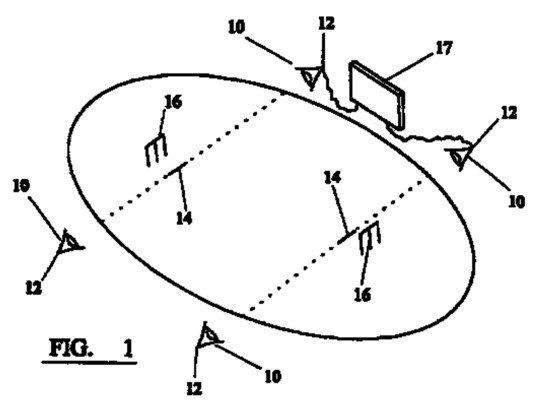
AU2007219710A1: Detecting contacts during sporting activities etc.
A method and an apparatus are described for determining parameters of a contact between bodies occurring within an activity, particularly within a sporting, game, recreational or entertainment activity, such as bounce of a tennis ball or contact of a cricket ball or baseball with the bat.
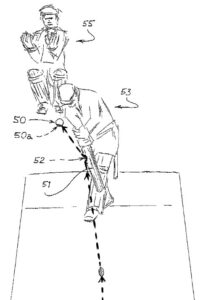
GB2588324A: A detector system
A no ball detector monitors the area of the popping crease for the impact of a bowler’s foot with the ground and the passage of the heel of the foot across the popping crease using an accelerometer in the bowlers shoe for detecting foot impacts and triggering an ultrasonic transmission from a transmitter on the howlers shoe.
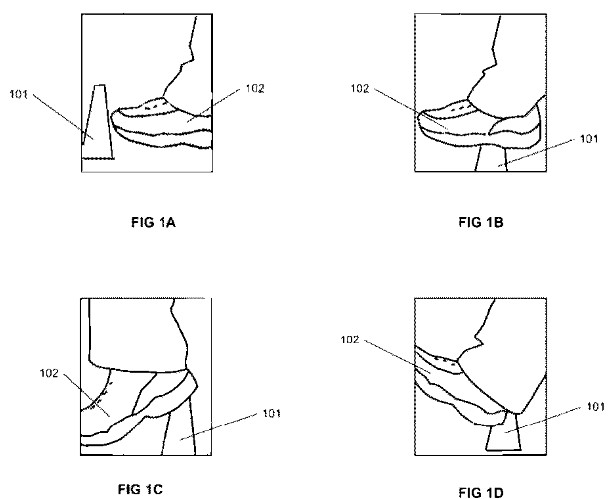
LED Bails: To learn about the innovation of using LED-equipped bails in cricket to indicate when the wicket is broken.
AU2020267272A1: IMPROVED WICKET COMPONENTS FOR CRICKET
A wicket component for cricket, the wicket component having a generally cylindrical form and being either a stump or a bail, the wicket component including a central operative portion having a tubular outer housing and an inner housing within and spaced from the outer housing, wherein: the space between the inner and outer housings includes an electrical circuit for indicating movement, being movement that occurs as a result of an impact; and cushioning at least partially fills the space between the inner and outer housings, and about the electrical circuit, to protect the electrical circuit from shock, being shock that occurs as a result of an impact to the wicket component.
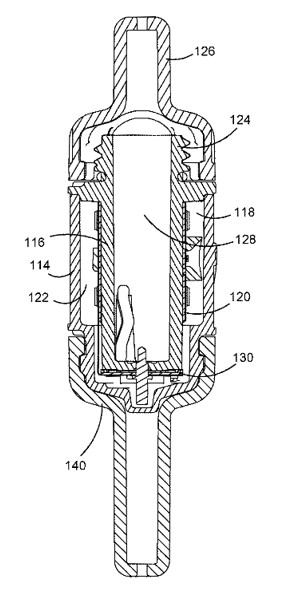
Spidercam: For information on the camera system suspended above the cricket field to provide unique angles and perspectives in television broadcasts.
US8199197B2: Aerial camera system
An aerial camera system including a plurality of main reels, a camera interface/safety reel and a stabilized camera head. The camera head is supported from main cables from the main reels with a safety reel cable providing power, data and video communication between the camera head and a main computer system.
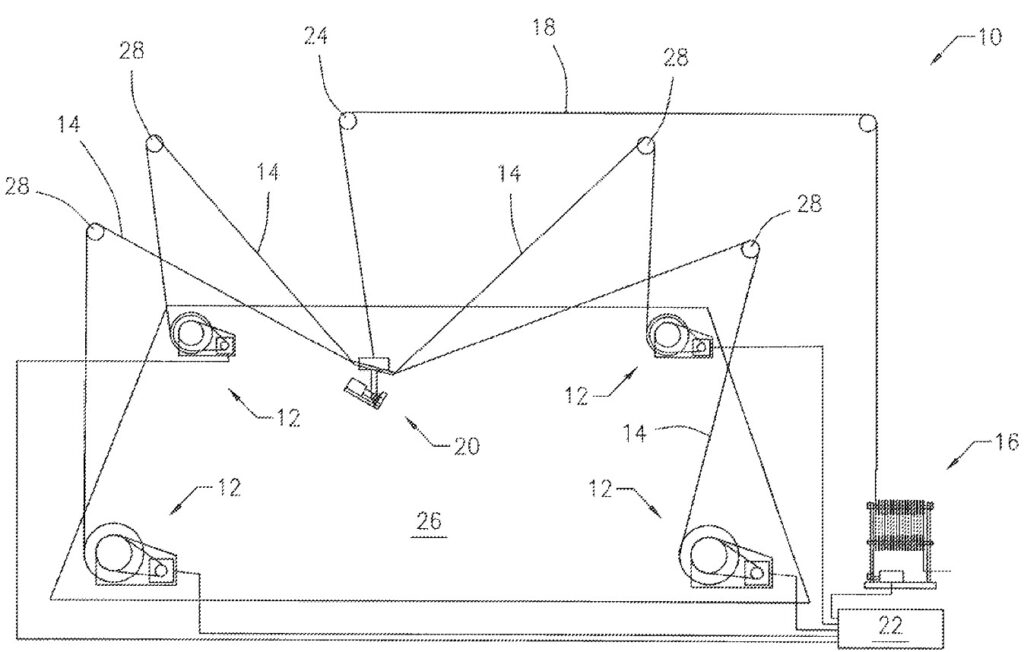
Pitch Covers and Super Soppers: To find information about inventions that help protect cricket pitches and expedite play after rain delays.
GB753899A: Improvements in or relating to covers
A cover which may be used for protecting a cricket pitch comprises an inflatable tubular framework consisting of two inverted V-shape end tubes 1, 2 between which lies a ridge member 3 secured to the end tubes. Two side tubes 4, 5 have their ends secured upon the free ends of the tubes 1, 2, and are also joined to the ridge member 3 by roof members 6, 7.
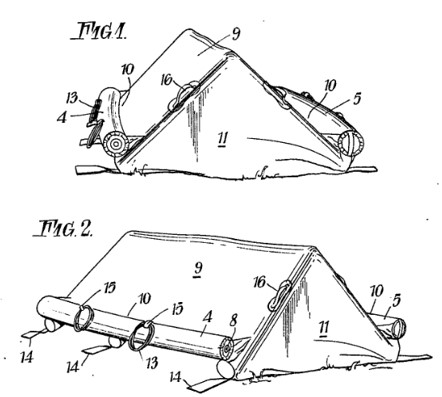
GB741845A: Improvements in or relating to apparatus for removing moisture from turfed or other outdoor ground surfaces
A machine for drying turfed or other outdoor ground surfaces of the kind having a roller covered with compressible water-absorbent material and expressing and collecting means for the water, is provided with supplementary transport wheels and resilient suspension means associated with the wheels to vary the pressure between the roller covering and the ground.
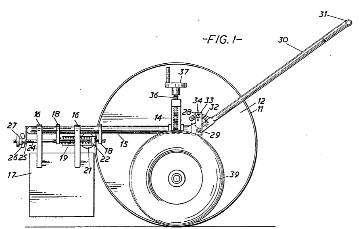
Cricket Stump Innovations: For information on the use of microphones and cameras placed in the stumps to capture on-field sounds and conversations.
GB2150792A: Radio transmission system
A radio transmission system for transmitting sounds from the centre of a cricket field includes a wicket stump containing a microphone, battery, radio transmitter and aerial. The transmission from the stump is received by a receiver located beyond the boundary of the cricket field.
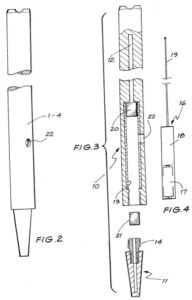
GB2274756A: Improved cricket stump incorporating a camera
An improved in-stump camera device includes an outer sleeve 11 formed from a rigid material, preferably a plastics material, and an inner sleeve 22 carrying the internal components. Light enters an aperture in the stump and if reflected into the lens 17 by a prism 18. Video signals are transmitted via a microwave transmitter 19 and the whole device can be powered by a battery pack 13.
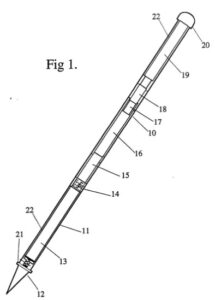
Do you know of any other Cricket inventions and innovations that have helped transform enjoying cricket in world history? Please share them with us in the comments and we make sure to include them in our next Videaim IP blog.
